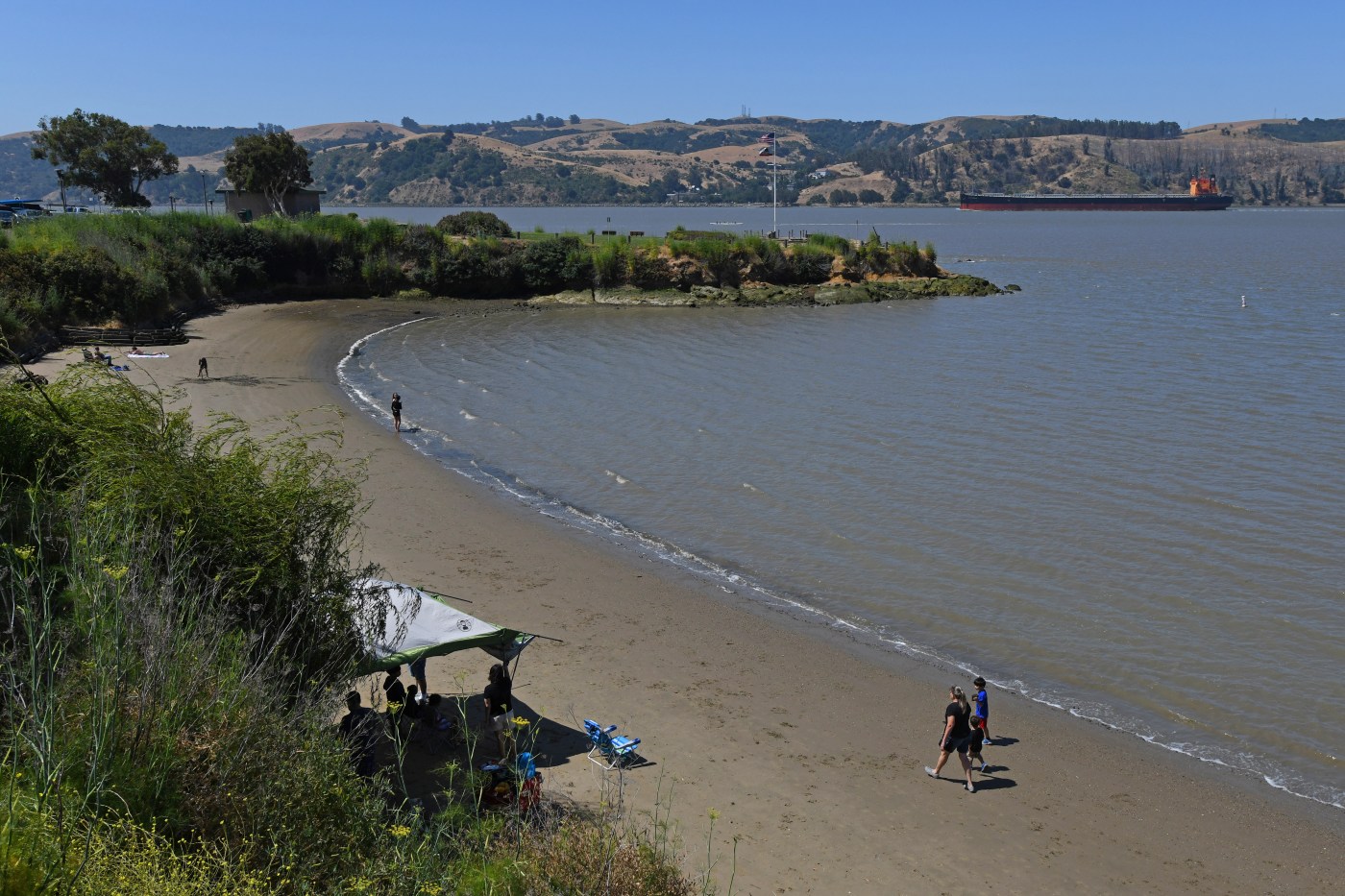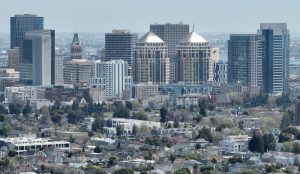A Bay Area heat wave that got its start more than a week ago was set for its final encore on Thursday before the curtains were expected to begin closing on it for good.
“One more day of really, really hot,” National Weather Service meteorologist Alexis Clouser said.
Related Articles
Gov. Newsom, fire officials warn of worsening California fire season
The final blast of a heat wave was responsible for the Bay Area’s sixth Spare the Air alert of 2024
One final round for Bay Area heat wave before it says goodbye
Spare the Air Alert in place for Wednesday as temperatures head up
Report: Extreme heat events created $7.7 billion in hidden costs in California
Really, really hot has been the ongoing theme in the region since the barometer showed high pressure building on July 1. On Thursday, most of the region’s interior was expected to reach at least 100 degrees, a figure toppled a half-dozen times in those places since the start of the month.
But Thursday is likely to mark the hottest day since the high-pressure ridge began to re-build itself earlier this week.
The hottest places — Brentwood and Livermore in the far interior, and Concord in central Contra Costa County — will challenge 110 degrees, according to the weather service. Morgan Hill, generally the hottest spot in the South Bay, may get up to 105.
San Jose will threaten 100 degrees, San Mateo may close in on 90, Oakland may get to 85 and San Francisco — where a marine layer is still making a little impact — could get above 75, the weather service said.
An excessive heat warning that started Wednesday remained in place through Friday at 8 p.m. The areas under the warning are the East Bay hills and interior valley areas, San Jose and the Santa Clara Valley, the Eastern Santa Clara hills, and the North Bay interior mountains. A heat advisory for areas further south and north also was in place.
The Bay Area Air Quality Management District also had a second straight Spare the Air Alert in place, with air quality around much of the interior part of the region expected to be unhealthy for sensitive groups, including those with health issues.
The conditions Thursday were expected to be similar to those that gave rise to brutal 100-plus degree heat in the days leading up to the Fourth of July and the ones immediately following it.
Clouser said the difference this time is that this ridge is not as compressed or thick. After the encore Thursday, she said it will move significantly to the east, allowing a marine layer that was again becoming compressed to open fully.
That marine layer was compressed to about 1,000 feet Thursday morning, Clouser said. The result of that heat above it brought thick fog on the coast, as well as for a stretch between Morgan Hill and Gilroy, according to the weather service.
The undoing of that compression will open the door to a new weather system that is far more pedestrian for the region. Temperatures will start moving down Friday — temperatures still we be in the upper 90s, and perhaps top 100 in the hottest places — before a brand new feel is set to arrive Saturday.
“We have decent stretch of stratus (clouds) off the coast, and that’s gonna continue to have influence,” Clouser said. “But once we get to Saturday, you’re gonna see a real significant drop in temperatures and conditions will start to set in that are normal for this time of year.”
That system will set firmly into place by Sunday, according to the weather service. Only a handful of cities are expected to reach 90 degrees.
“Once we get cool, for the next week or so it’s pretty calm,” Clouser said. “We’re not really looking at anything at the moment that appears to be too impactful. Temperatures are going to be normal. It should be comfortable.”












